Water-borne pathogens can be very harmful to humans, and affect health through drinking water, and fruits and vegetables that come into contact with surface water through irrigation or washing. The effect of a pathogen on humans depends on the type of pathogen and the concentration. For example, a pathogenic strand of E. coli, O157:H7, can cause illness in humans with the ingestion of fewer than 10 cells. It is estimated that 90,000 illnesses and 90 deaths a year in Canada are a result of water-borne pathogen infections. High pathogen levels in an aquatic system can also disturb human recreational activities like swimming as well as posing a threat to animal health, aquaculture and aquatic systems biodiversity.
- CanAgPlus. 2014. Appendices to CanadaGAP Food Safety Manuals. CanadaGAP Program. http://www.canadagap.ca/uploads/file/English/Manuals/Version%206.2%20Updates/Appendices/CanadaGAP%20Appendices%206.2%202014%20ENG.pdf
- Edge, T., Byrne, J.M., Johnson, R., Robertson, W., & R. Stevenson. 2008. Waterborne Pathogens. In: Threats to Sources of Drinking Water and Aquatic Ecosystem Health in Canada. Environment Canada. Burlington, Ontario http://www.ec.gc.ca/inre-nwri/default.asp?lang=En&n=235D11EB-1&offset=2&toc=show#cur
- OMAFRA. 2010. Factsheet- Improving On-Farm Food Safety Through Good Irrigation Practices. Order Number 10-037. Guelph, ON. http://www.omafra.gov.on.ca/english/crops/facts/10-037.htm
- Public Health Agency of Canada. 2013. Food-borne and Water-borne Infections- Invisible Threats. In: The Chief Public Health Officer’s Report on the State of Public Health in Canada, 2013 Infectious Disease –The Never-ending Threat. Ottawa, ON http://www.ec.gc.ca/inre-nwri/default.asp?lang=En&n=235D11EB-1&offset=2&toc=show#cur
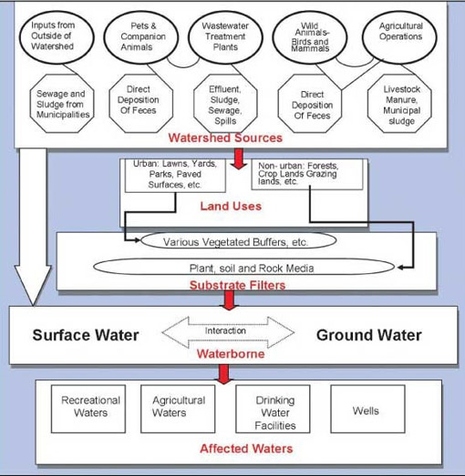
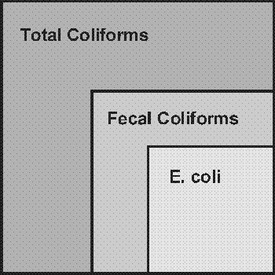
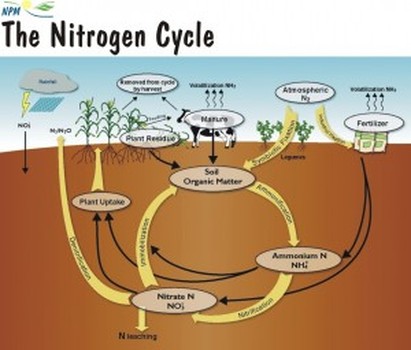
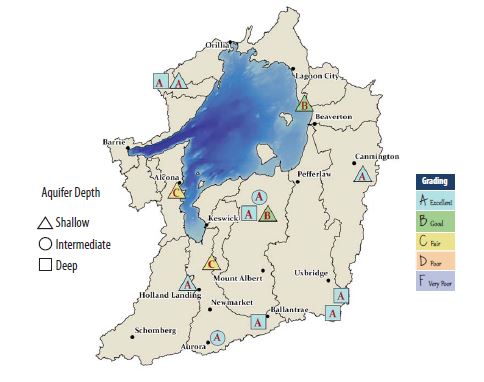
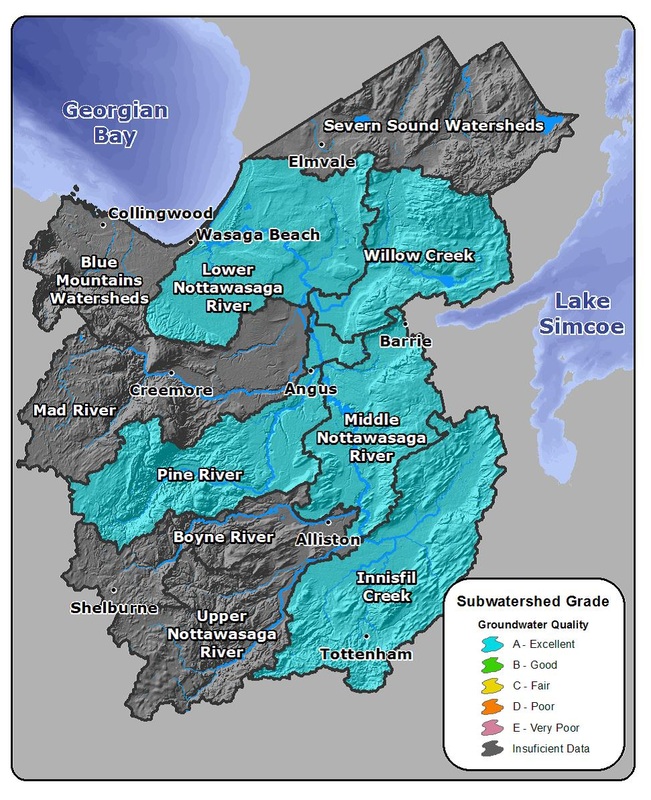
 RSS Feed
RSS Feed
